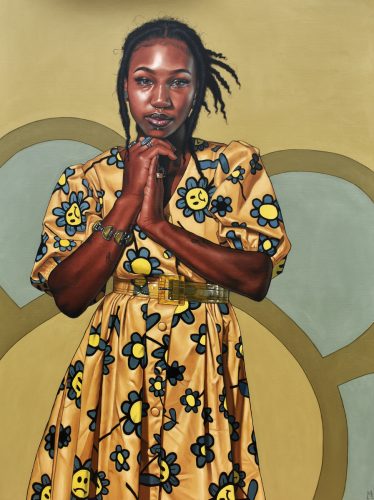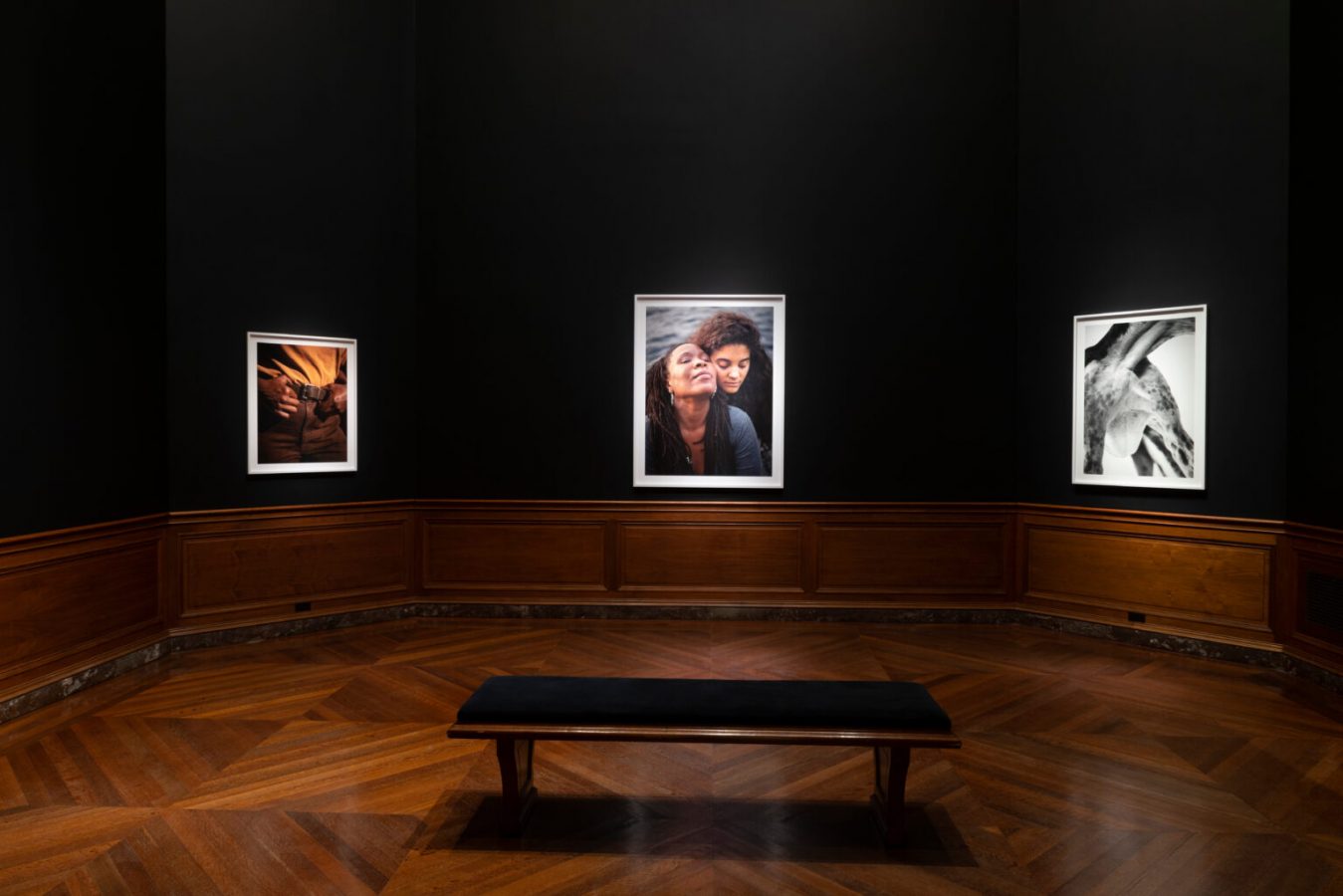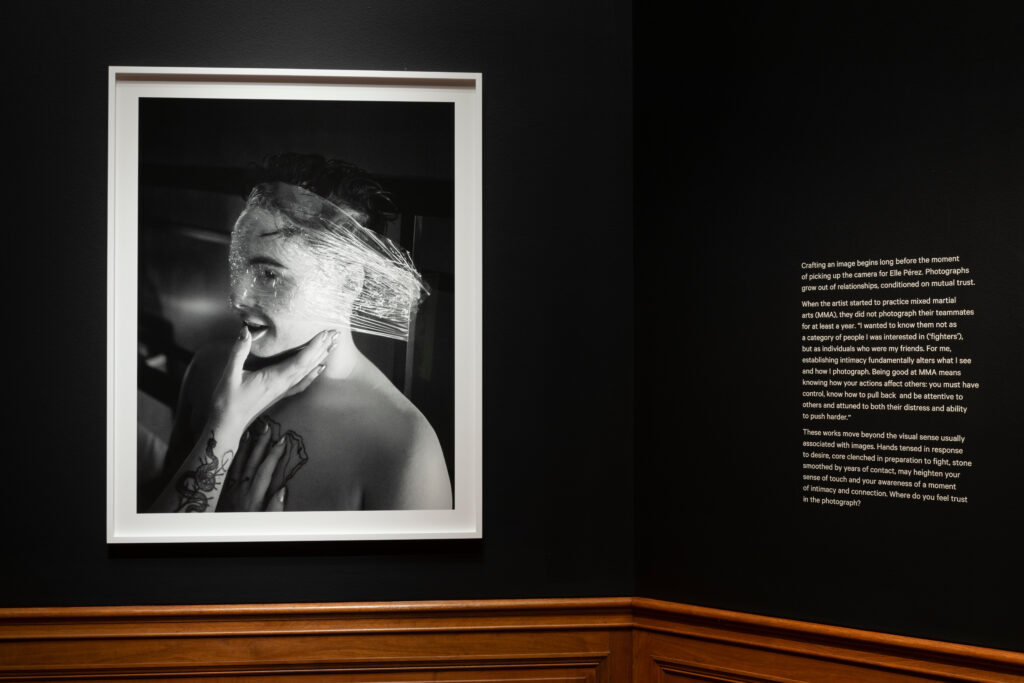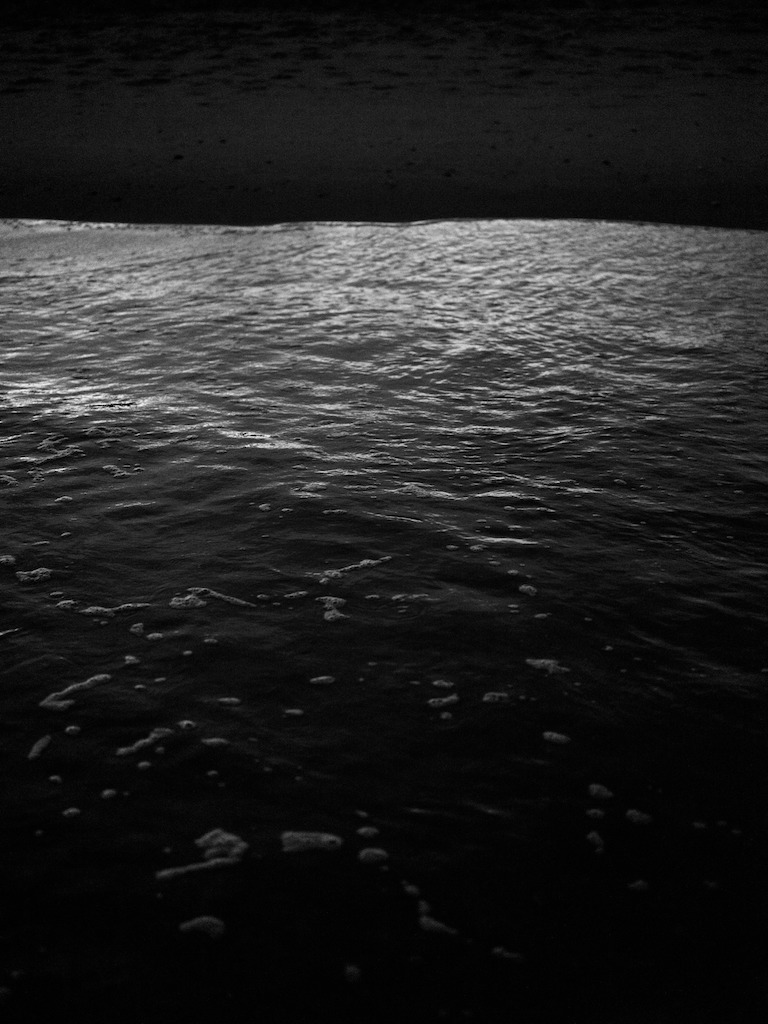Intimacy is openness to encounter. A yielding to the mystery of what can happen when one meets another in vulnerability, unburdened by expectation. Art, as in the case of Elle Pérez’s Devotions, an exhibition of photography at the Baltimore Museum of Art (BMA), invited for me such an intimacy, an aesthetic intimacy.
I forward a consideration of how we engage art (with what posture, from what orientation) through my critical lens of blackqueer ethics (I elaborate further blackqueer ethics and aesthetic intimacy in my forthcoming book, A Living Archive: Embodying Blackqueer Ethics, T&T Clark, London). From this framing, I am primarily concerned with collective practices of liberation toward integration and wholeness. This relationality transcends person-to-person connections, extending to all that can be perceived including art. Aesthetic intimacy speaks to a close encounter with what can be perceived, subject-to-subject.
Embodying aesthetic intimacy, an observer takes on the posture of an intimate, as opposed to a consumer. In a time when supporting the work of queer people of color is a means of virtue signaling for many institutions and (frequently, liberal) individuals, I have wondered what it might look like to, in black feminist mode, refuse this extractive trend. (For more on a black feminist politics of refusal, see Karera, Axelle, ‘Black Feminist Philosophy and the Politics of Refusal’, in Kim Q. Hall, and Ásta (eds), The Oxford Handbook of Feminist Philosophy, 2021).
Further, as a blackqueer agender woman and creative, I have wondered what it might mean to engage art before meaning, or without hopes of how it will move me or prospects of how it may shift how queerness and/or people of color are viewed and subsequently treated, or how it might expand the Western artistic canon, or how it might flawlessly represent the skill and worth of queer of color art– that is, what the art might do (for me, for us), rather than allowing it to simply be.
In other words, I have wondered how to approach art ethically.
















